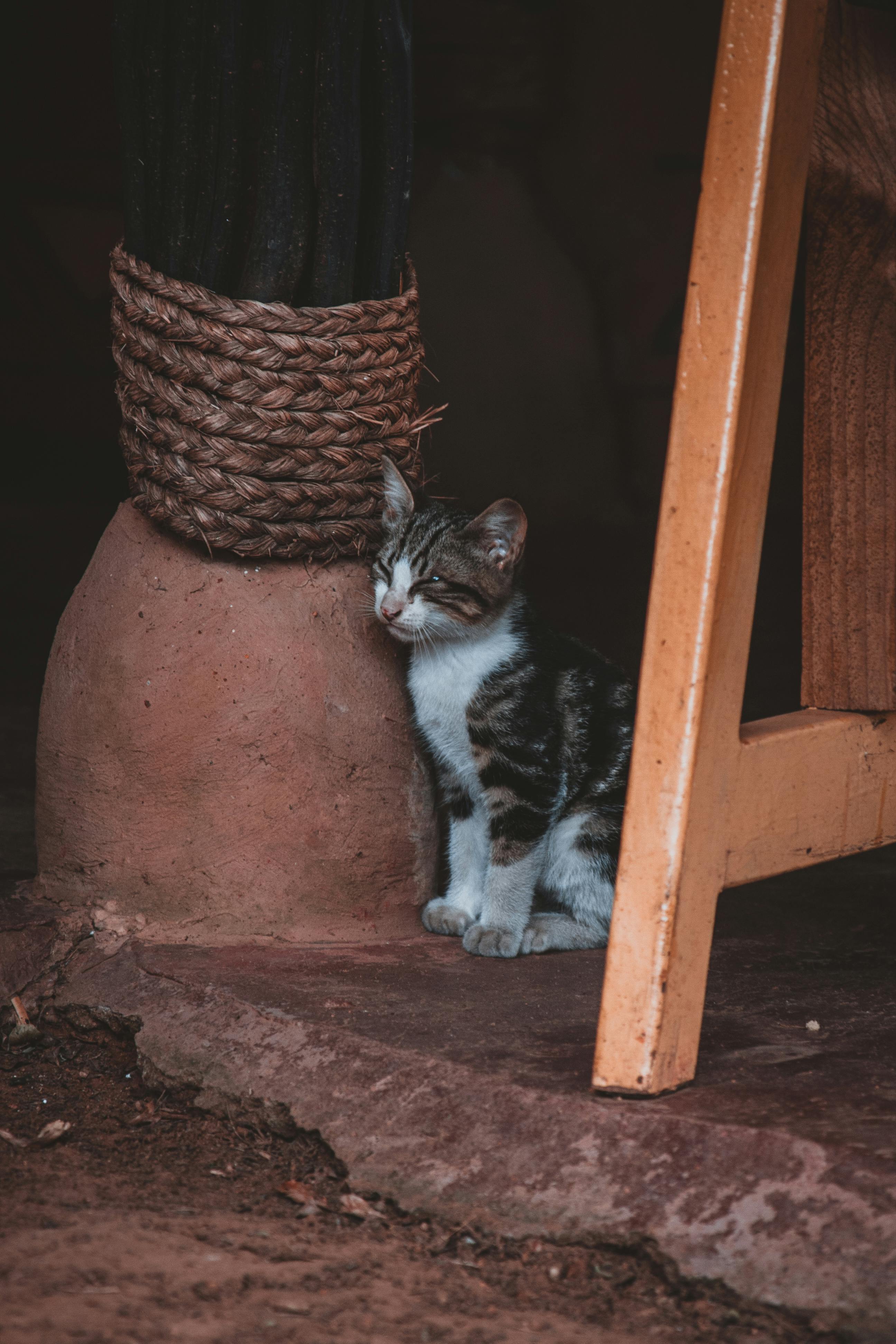Effective Ways to Explore Hamsters' Natural Habitats in 2025

Apply Now


Guide to Hamsters in the Wild: Discover Their Natural Habitat in 2025
Essential Overview of Hamsters in Their Natural Habitat
Understanding Wild Hamsters
Wild hamsters are small rodents that inhabit diverse ecosystems across Europe and Asia, each adapted to its environment. Unlike their domestic counterparts, wild hamsters thrive in various habitats such as grasslands, forests, and arid regions. These adaptations allow them to engage effectively in their natural behaviors, contributing to the health of the ecosystems they inhabit. Observing wild hamsters offers insights into their crucial roles as prey and their interactions within ecological communities.Life Cycle of Wild Hamsters
The life cycle of wild hamsters is intrinsic to their populations and ecosystem dynamics. Females typically breed once or twice a year, depending on environmental conditions. After a gestation period averaging 16 days, the young are born blind and helpless, relying entirely on their mother. During the development stages, the young hamsters learn essential survival skills, which contribute to maintaining the wild hamster population over time. Understanding these cycles helps in the assessment of hamster conservation needs.Habitat Types Where Hamsters Thrive
Hamsters can be found in various habitats, each offering unique resources necessary for survival. For instance, the European hamster prefers agricultural areas where it can forage on crops, while desert species like the golden hamster adapt to dry, less hospitable environments. These different habitat types highlight the importance of ecological diversity, underscoring the need for habitat preservation to protect these species from extinction.The Role of Hamsters in Their Ecosystem
In ecosystems, hamsters play a vital role by acting as prey for various predators. Owls, foxes, and snakes rely on hamsters as a significant food source, illustrating their importance in the food web. Additionally, hamsters contribute to soil aeration through their burrowing behavior, which improves the ecosystem's overall health. They also interact with plant life, helping in seed dispersal, thereby enhancing biodiversity.Impact of Habitat Loss on Wild Hamsters
Habitat loss due to agricultural expansion, urbanization, and climate change poses significant risks to wild hamster populations. As their natural environments are altered or destroyed, their survival becomes increasingly challenging. Conservation efforts focus on habitat restoration and creating wildlife corridors to ensure these tiny rodents can thrive despite increasing human encroachment on their habitats.Image of Wild Hamsters in Nature

Behavioral Insights: Foraging and Nesting Habits
Foraging Behavior of Wild Hamsters
Wild hamsters exhibit unique foraging behaviors tailored to their environments. They are opportunistic feeders, consuming seeds, roots, and grasses primarily. Their diet varies based on seasonal availability, which requires them to adapt their foraging strategies continually. This adaptability not only supports their survival but also enriches the ecosystem by influencing plant growth patterns and nutrient cycles.Nesting Behaviors in the Wild
Nesting is critical for the survival of wild hamsters, providing shelter and safety for their young. Wild hamsters typically dig extensive burrow systems that protect them from predators and harsh weather. These burrows can extend several feet deep and include multiple chambers for nesting and food storage. Understanding nesting habits can provide insights into the health of wild hamster populations and stimulate effective conservation strategies.Interactions with Predators and Other Wildlife
Hamsters are prey for various natural enemies, including birds of prey like hawks and ground predators such as foxes. Their interactions with these predators are a natural part of their lifecycle, influencing their social behaviors and habitat choices. The strategic positioning of burrows and heightened nocturnal activities are adaptations that minimize predation risks.Social Behavior of Wild Hamsters
Although often solitary creatures, wild hamsters exhibit social behaviors, particularly during breeding seasons. These interactions can include vocalizations and scent marking to establish territories and attract mates. Understanding social structures among wild hamster populations can provide insights into their breeding habits and ecological roles.Image of Hamsters in Their Habitat
